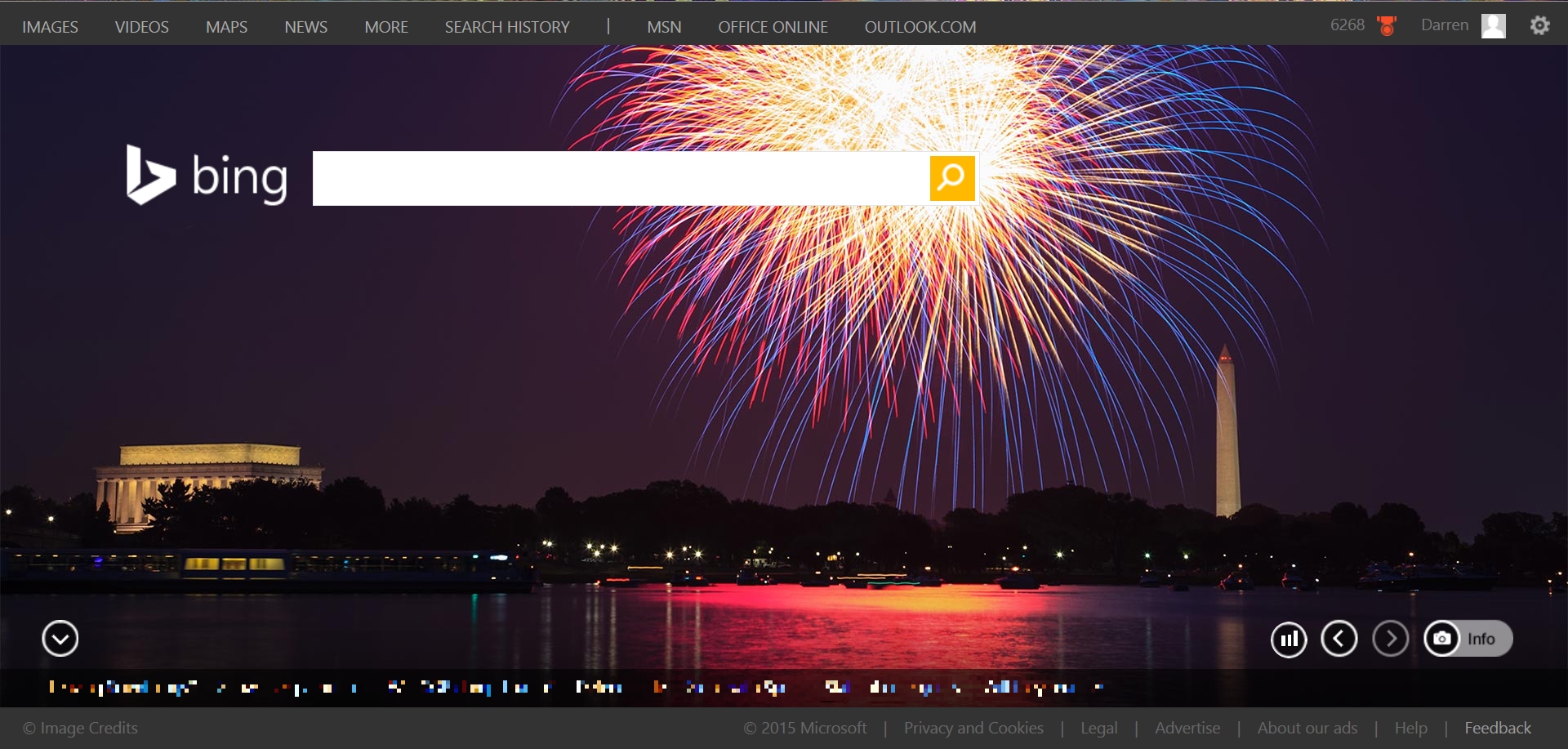It’s the Fourth!

Since it’s Saturday and also the Fourth of July, and since no-one ever reads this site on Saturdays, I thought I’d repost something from last year that talks about how fireworks displays are made.
Be sure to check out the Bing homepage! If you don’t see the fireworks display (if you view the page after the Fourth), you can click on the little left arrow in the bottom-right of the page to scroll back).
So since today is the 4th of July and you should be out celebrating Freedom and Liberty, I’ll just put up a brief post talking about the technology behind putting together a fireworks display.
As you can probably guess, with the spectacular fireworks displays you see today – like the ones we have right here in Las Vegas for the Fourth and New Year’s Eve – sync’d to music as they often are, it requires not just the fireworks themselves but a major amount of computerization and automation as well. Besides the mechanical triggers and fireworks themselves, there is actually software that is designed solely for the purposes of controlling and synchronizing the firing, timing, and music of the displays.
If you’ve ever used music-editing software such as ProTools or Audacity or anything in-between, then you already have an idea of how the software works. You use a timeline to indicate when specific triggers should launch, and if necessary make them in-line with music. It’s pretty nifty.
If you’re interested, here is an interesting, interactive explanation of how a firework gets launched. Keeping that in mind, Disney, which puts on some of the most unbelievable fireworks displays I’ve ever seen, developed a method for launching fireworks with compressed air as opposed to gunpowder all the way back in 2004! That’s a good use of technology.

